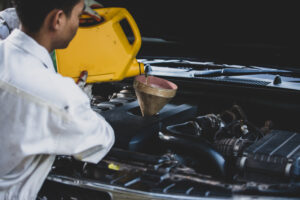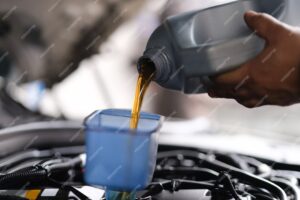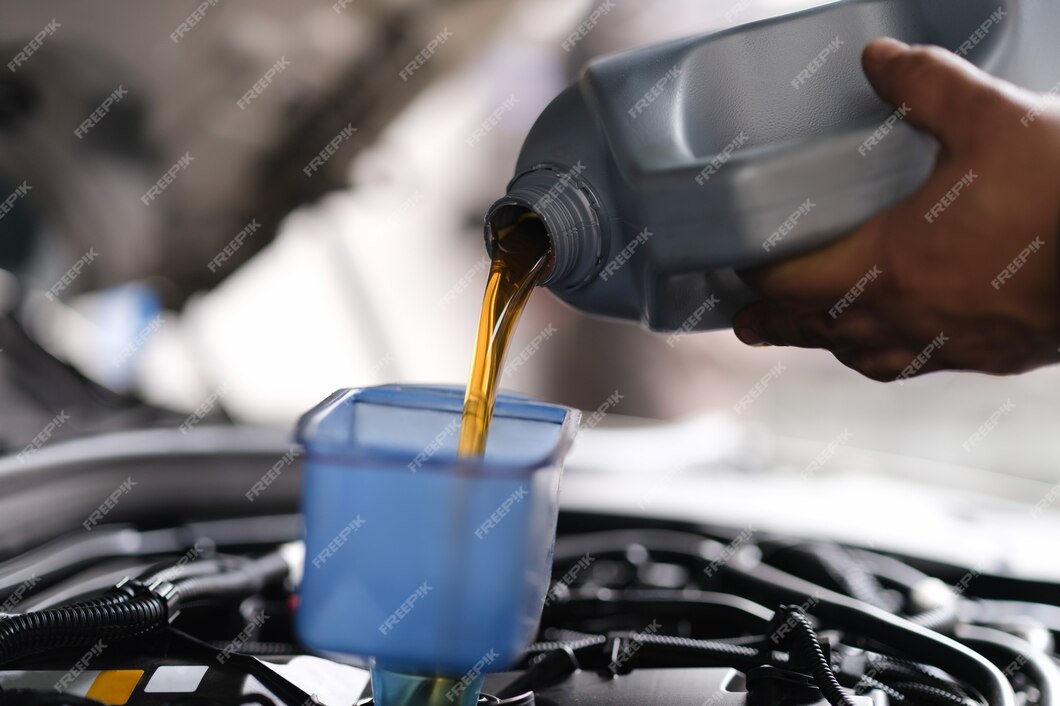Proper maintenance of lubricants is essential to ensure optimal performance and protection of machinery and equipment. By following a few basic maintenance tips, you can maximize the effectiveness of lubricants, reduce the risk of equipment failures, and ultimately save time and money. In this blog post, we will discuss some important lubricant maintenance tips to help you achieve peak performance.

1. Check for Contaminants:
Regularly inspect lubricants for contaminants such as dirt, debris, or water. These can compromise lubricant effectiveness and lead to premature equipment wear. Use proper filtration systems and implement proactive measures to keep contaminants out of lubricants.
2. Store Lubricants Properly:
Storing lubricants in optimal conditions is crucial. Avoid exposure to direct sunlight, extreme temperatures, and humidity, as these can degrade lubricants’ quality. Ensure proper sealing and labeling of lubricant containers, and store them in a clean and organized manner.
3. Monitor Lubricant Levels:
Regularly check lubricant levels to make sure they are within the recommended range. Running equipment with low lubricant levels can cause increased friction and overheating, leading to potential damage. Follow manufacturer guidelines for proper lubricant level monitoring and top-ups.
4. Perform Oil Analysis:
Implementing an oil analysis program can provide valuable insights into the health of your lubricants and equipment. Regularly collect and send lubricant samples for analysis to identify any signs of contamination, degradation, or excessive wear. This proactive approach allows for timely action to maintain peak performance.
5. Follow Recommended Drain Intervals:
Each lubricant has specific recommended drain intervals. It’s important to adhere to these intervals to prevent any compromise in lubricant effectiveness. Extending drain intervals beyond recommended limits can lead to increased friction, decreased efficiency, and potential equipment damage.
6. Establish Proper Lubrication Procedures:
Ensure that lubrication procedures are followed correctly and consistently. This includes using the right lubricant type and quantity as specified by the equipment manufacturer. Train personnel on proper lubrication techniques and create a documented lubrication schedule to maintain consistency.
7. Maintain Clean Application Equipment:
Dirty or contaminated lubrication equipment can introduce impurities into the lubricant, compromising its performance. Regularly clean lubricant application equipment, such as grease guns or oil dispensers, to prevent contamination from previous applications.
8. Keep Records:
Maintain detailed records of lubricant usage, changes, and maintenance activities. This allows you to track performance trends, identify potential issues, and ensure compliance with manufacturer recommendations. Record keeping also facilitates effective communication and coordination among maintenance teams.

Conclusion:
Proper maintenance of lubricants is vital for achieving peak performance and protecting your machinery and equipment investment. By implementing these lubricant maintenance tips, you can ensure optimal lubrication, reduce downtime, and extend equipment life. Regular monitoring, adherence to recommended procedures, and proactive analysis will help keep your equipment running smoothly and efficiently. Remember, a well-maintained lubrication program is a key ingredient for long-term success.

